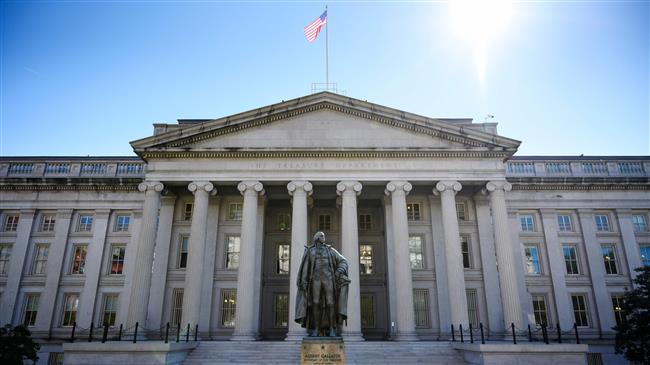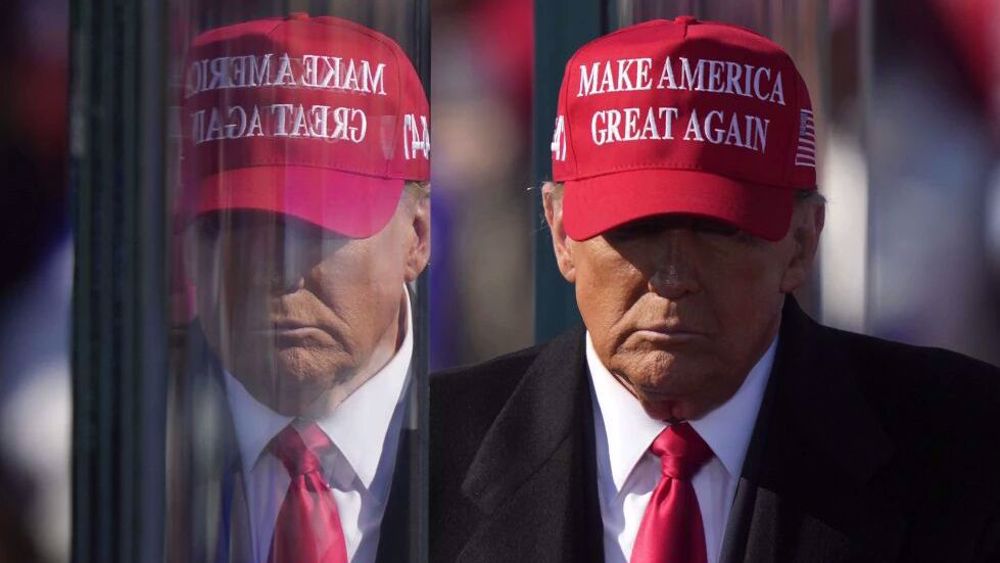US deficit hits nearly $1 trillion in 2019, soaring during Trump era
The US government ended fiscal year 2019 with the largest budget deficit in seven years as gains in tax receipts were offset by higher spending and growing debt service payments, the Treasury department said on Friday.
It is the first time since the early 1980s that the budget gap has widened over four consecutive years. The figures reflect the second full budget year under US President Donald Trump, a Republican, and come at a time when the country has an expanding tax base with moderate economic growth and an unemployment rate currently near a 50-year low.
The US budget deficit widened to $984 billion, which was 4.6% of the nation’s gross domestic product. The previous fiscal year deficit was $779 billion, with a deficit-to-GDP-ratio of 3.8%. Total receipts increased by 4% to $3.5 trillion but outlays rose by 8.2% to $4.4 trillion.
“Americans from all walks of life are flourishing again thanks to pro-growth policies enacted by this administration,” Acting Office of Management and Budget Director Russ Vought said in a statement accompanying the figures.
The deficit reached a peak of $1.4 trillion in 2009 as the Obama administration and Congress took emergency measures to shore up the nation’s banking system during the global financial crisis and provide stimulus to an economy in recession.
The annual budget deficit had been reduced to $585 billion by the end of former President Barack Obama’s second term in 2016 and Republicans in Congress during that time criticized Obama, a Democrat, for not reducing it further.
Since then, the budget deficit has jumped due in part to the Republican’s overhaul of the tax system, which in the short term reduced revenues, and an increase in military spending. By the end of fiscal 2019, corporate tax payments were up 5%. Customs duties, which have been boosted by the Trump administration’s levying of tariffs on China and others, were up 70% year-on-year to a record high.
For a graphic on the budget gap here
Growing deficits
“This is an administration that came in talking about reducing the deficit and over their term in office, they’ve quite frankly been increasing,” said Bill Hoagland, Senior Vice President at the Bipartisan Policy Center. “We normally reduce deficits in times of growth.”
The economy grew 2.9% in 2018 but activity is slowing as the stimulus from the $1.5 trillion tax cut package fades and the prolonged U.S-China trade war weighs on business investment.
There was higher spending on defense, healthcare and social security programs, the data showed. The United States has an ageing population and economists have warned that the cost of mandatory spending on Social Security and Medicare as well as federal retirement programs for the elderly will be fiscally unsustainable.
Earlier this year the US Congress passed a two-year budget deal backed by Trump that would increase federal spending on defense and other domestic programs.
Some of the widening of the deficit came from more spending on interest payments on the national debt. Borrowing has increased over the past year.
For September, the US government recorded an $83 billion surplus, a 31% drop from the same month last year. When accounting for calendar adjustments, the surplus last month was $17 billion compared with an adjusted surplus of $51 billion the previous year. For the fiscal year, the adjusted deficit was $1 trillion.
Outlays were $291 billion in September, up 30% from the same month a year earlier while receipts totaled $374 billion, an increase of 9% from the year-ago month.
(Source: Reuters)
US vetoing of Gaza ceasefire resolution ‘disgraceful’: Iran’s UN envoy
VIDEO | IAEA adopts anti-Iran resolution tabled by E3
VIDEO | Iran's president urges Pope to help end Israel's onslaught in Gaza
Iran's senior legal official: ICC arrest warrant for Netanyahu ‘great victory'
Nov. 21: ‘Axis of Resistance’ operations against Israeli occupation
VIDEO | Israeli forces storm West Bank’s Jenin again, target civilians
Iran activates advanced centrifuges after IAEA's 'unjust' resolution
VIDEO | Press TV's news headlines










 This makes it easy to access the Press TV website
This makes it easy to access the Press TV website